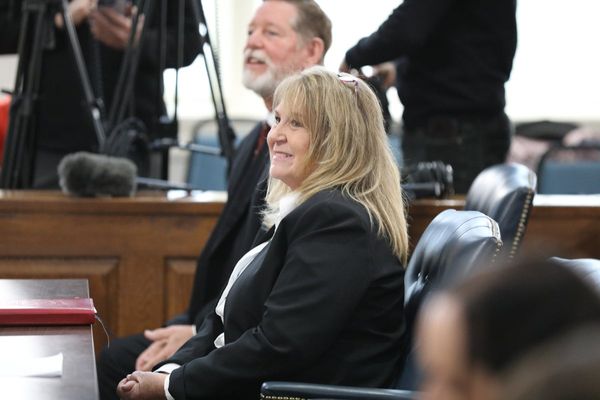
Global models are the main method scientists use to understand how the climate may change in the future. What’s missing is a more in-depth understanding that could inform markets, investors and vulnerable communities. But using advances in computing muscle, researchers at Imperial College Business School in London have created some science-based tools that allow a tighter analysis – and the results are surprising. They’ve focused on a group of countries in South East Asia, in a piece of research supported by the Singapore Green Finance Centre.

The Imperial researchers (including Dr Enrico Biffis, Associate Professor of Actuarial Finance, pictured) deployed machine learning to combine data from the most up-to-date global climate projections with information about regional topography and microclimates, and historic weather patterns. And this analysis has thrown up some results that differ significantly from those projected by global models. In some cases, global models overestimate these risks, and in others, they’re too optimistic.
This research focused on four countries: Thailand, Indonesia, Malaysia and the Philippines. These are nations with densely populated coastlines, and extreme rainfall driven by local monsoons. The researchers looked at projections for temperature, wind speeds, rainfall and coastal surges.
Their analysis reveals the impact of global warming will be uneven, even at a local level. Global projections of rainfall in urban areas might be out by as much as 100 per cent, while temperature forecasts might differ by 80 per cent in some areas.

The researchers used machine learning to explore a vast amount of data, including the lie of the land. A local hill or mountain range can shelter land from wind and hold up the clouds, for instance, while tree cover can lower urban temperatures. From these findings, they were able to reconstruct a national average risk, as well as a better understanding of potential for climate extremes. This means they can identify whether floods or high winds are more likely to the north or south of a nation, for instance.
At Imperial College Business School, there’s scope to collaborate with the wider scientific community to look at broader applications. Their model can be integrated with other climate science research to reveal in greater depth how risks of other climactic events will change, improving our understanding of the risk of wildfires, drought and flooding. In Indonesia, for instance, peat fires can release dangerously high levels of carbon; knowing the economic and climate risks here could have an impact on our willingness or ability to curb emissions.

By using a range of state-of-the art tools across different disciplines, it is possible to build a more detailed and integrated picture and make the most of opportunities to act and mitigate climate impacts. Knowledge of what the world might look like in the face of climate change is in everyone’s interest.
While others speculate on the future, our diverse minds at Imperial College Business School are designing and building it. For more insights from the world’s top academics and industry experts, visit many-minds.imperial.ac.uk/the-bangkok-post







